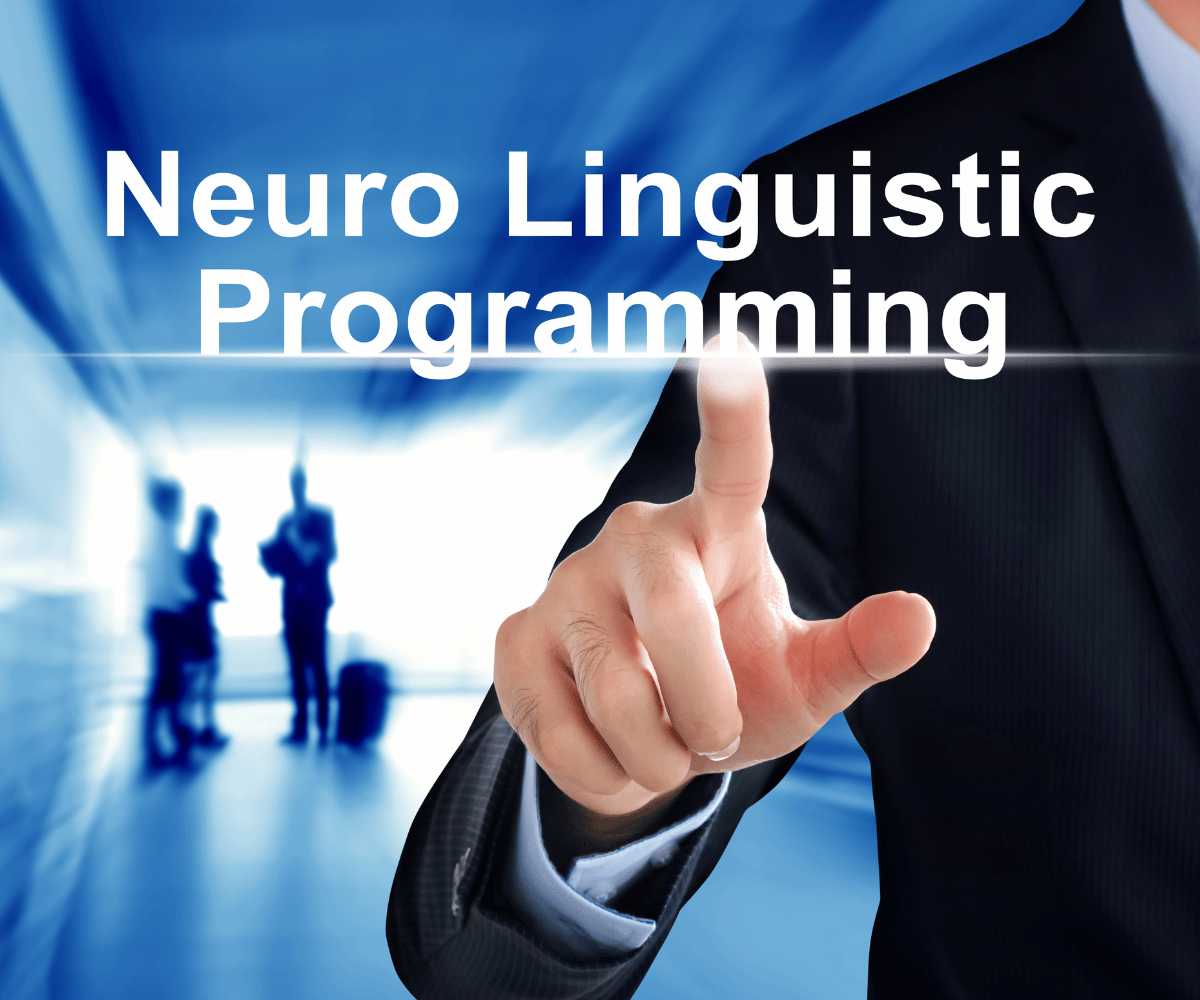What is Natural Language Processing?
Natural Language Processing (NLP) is a field of study that focuses on enabling computers to understand, interpret, and generate human language. With the advancements in machine learning, NLP has seen significant progress in recent years. NLP relies on various techniques and algorithms, including statistical models, machine learning, deep learning, and linguistic rules, to process and analyze natural language data. These approaches enable computers to learn patterns, extract meaning, and derive insights from text and speech data.
NLP aims to bridge the gap between human language and machine understanding, enabling computers to comprehend, process, and generate meaningful insights from text and speech data. It plays a crucial role in advancing AI applications and improving human-computer communication and interaction.
Understanding Machine Learning in NLP
Machine learning plays a pivotal role in NLP by enabling computers to learn patterns and relationships from vast amounts of textual data. It empowers NLP models to perform tasks such as sentiment analysis, text classification, named entity recognition, machine translation, and question answering. By leveraging machine learning, NLP systems can automatically extract meaningful information from unstructured text data.
Machine learning techniques have revolutionized NLP by providing powerful tools for understanding and processing human language. These techniques enable computers to learn from data, automatically extract features, make predictions, and improve their performance over time. With the continued advancements in ML, NLP systems are becoming increasingly sophisticated, allowing for more accurate language understanding and generation capabilities.
Common Machine Learning Algorithms in NLP
In Natural Language Processing (NLP), various machine learning algorithms are utilized to tackle different tasks and challenges. Here are some common machine-learning algorithms used in NLP:
- Naive Bayes: Naive Bayes is a probabilistic algorithm widely used for text classification tasks in NLP. It assumes that the features (words or phrases) in the input text are independent of each other. Naive Bayes models calculate the probability of a given class label based on the presence or absence of certain features in the text. It is known for its simplicity, efficiency, and effectiveness in tasks like sentiment analysis, spam detection, and document categorization.
- Support Vector Machines (SVM): SVM is a powerful algorithm for text classification and sentiment analysis. It maps the input data into a high-dimensional space and identifies a hyperplane that separates different classes with the maximum margin. SVMs are effective in handling high-dimensional feature spaces and can handle both linear and non-linear classification tasks. They have been successfully applied in tasks such as sentiment analysis, text categorization, and named entity recognition.
- Recurrent Neural Networks (RNN): RNNs are a type of neural network architecture commonly used in NLP tasks that involve sequential data, such as language modeling and machine translation. RNNs have a recurrent connection that allows them to capture dependencies and context from previous inputs. However, traditional RNNs suffer from the vanishing gradient problem, limiting their ability to capture long-range dependencies.
- Convolutional Neural Networks (CNN): CNNs, known for their success in image classification, have also found applications in NLP tasks such as text classification and sentiment analysis. CNNs leverage filters to capture local patterns in the input text and can learn hierarchical representations of text data. They are particularly effective in tasks where local context is important, such as sentiment analysis or named entity recognition.
- Word Embeddings: Word embeddings, such as Word2Vec and GloVe, are dense vector representations of words in a high-dimensional space. These representations capture semantic relationships and similarities between words. Word embeddings are trained using neural network models that learn to predict the context of a word based on its neighboring words. These embeddings are valuable for various NLP tasks, including word similarity, sentiment analysis, and named entity recognition.
- Transformer Models: Transformers, introduced by the “Attention is All You Need” paper, have revolutionized NLP by achieving state-of-the-art results in machine translation and other tasks. Transformers utilize self-attention mechanisms to capture long-range dependencies in text data. Models like BERT (Bidirectional Encoder Representations from Transformers) and GPT (Generative Pre-trained Transformer) have achieved remarkable performance on various NLP benchmarks and have become the foundation for many downstream NLP applications.
Applications of Machine Learning in NLP
Machine learning has numerous applications in Natural Language Processing (NLP), enabling computers to understand, analyze, and generate human language. Here are some key applications:
- Sentiment Analysis: To analyze the sentiment represented in customer reviews, social media posts, or polls, machine learning algorithms can categorize text as positive, negative, or neutral. This aids companies in gathering feedback from the public, tracking brand sentiment, and making data-driven choices.
- Text Classification: Text is automatically categorized into predetermined classes or themes using machine learning techniques. Tasks like document classification, spam detection, subject classification, and news categorization all benefit from this.
- Named Entity Recognition (NER): NER algorithms can identify and extract named entities like names, organizations, locations, and dates from the text. This is crucial for information extraction, question-answering systems, and data mining.
- Machine Translation: Machine learning techniques are employed to translate text from one language to another. Statistical models, neural machine translation (NMT), and sequence-to-sequence models have improved translation accuracy and made cross-lingual communication more accessible.
- Question Answering: Machine learning models are used to build question-answering systems that understand and generate responses to user queries. These systems find applications in virtual assistants, chatbots, customer support, and information retrieval tasks.
- Text Generation: Machine learning algorithms, particularly language models like RNNs or Transformers, can generate human-like text based on a given prompt or context. This is utilized in chatbots, content generation, and creative writing assistance.
Machine learning also contributes to text summarization, information extraction, speech recognition, dialogue systems, and more. With the continual advancements in machine learning and NLP, these applications are improving language understanding, human-computer interaction, and automation of language-related tasks.
CONCLUSION
Natural language processing has undergone a revolution thanks to machine learning, which enables computers to comprehend, evaluate, and produce human language. Naive Bayes, SVM, RNN, CNN, word embeddings, and transformer models are just a few of the algorithms that have helped NLP jobs advance remarkably. Applications including sentiment analysis, chatbots, machine translation, named entity identification, question-answering, and text summarization have improved in accuracy and efficacy with the use of machine learning. The future promises enormous opportunity for additional innovation and advancements in NLP applications as machine learning techniques evolve.




